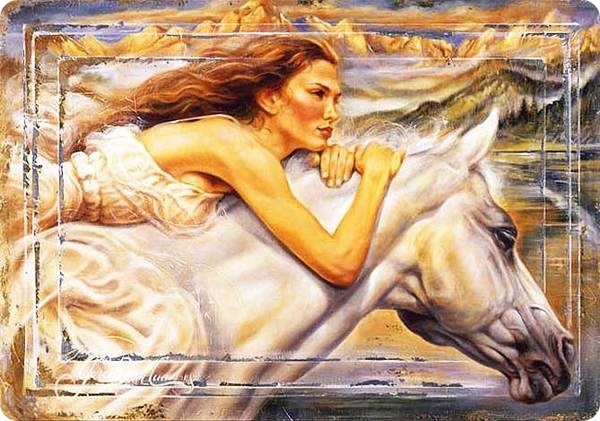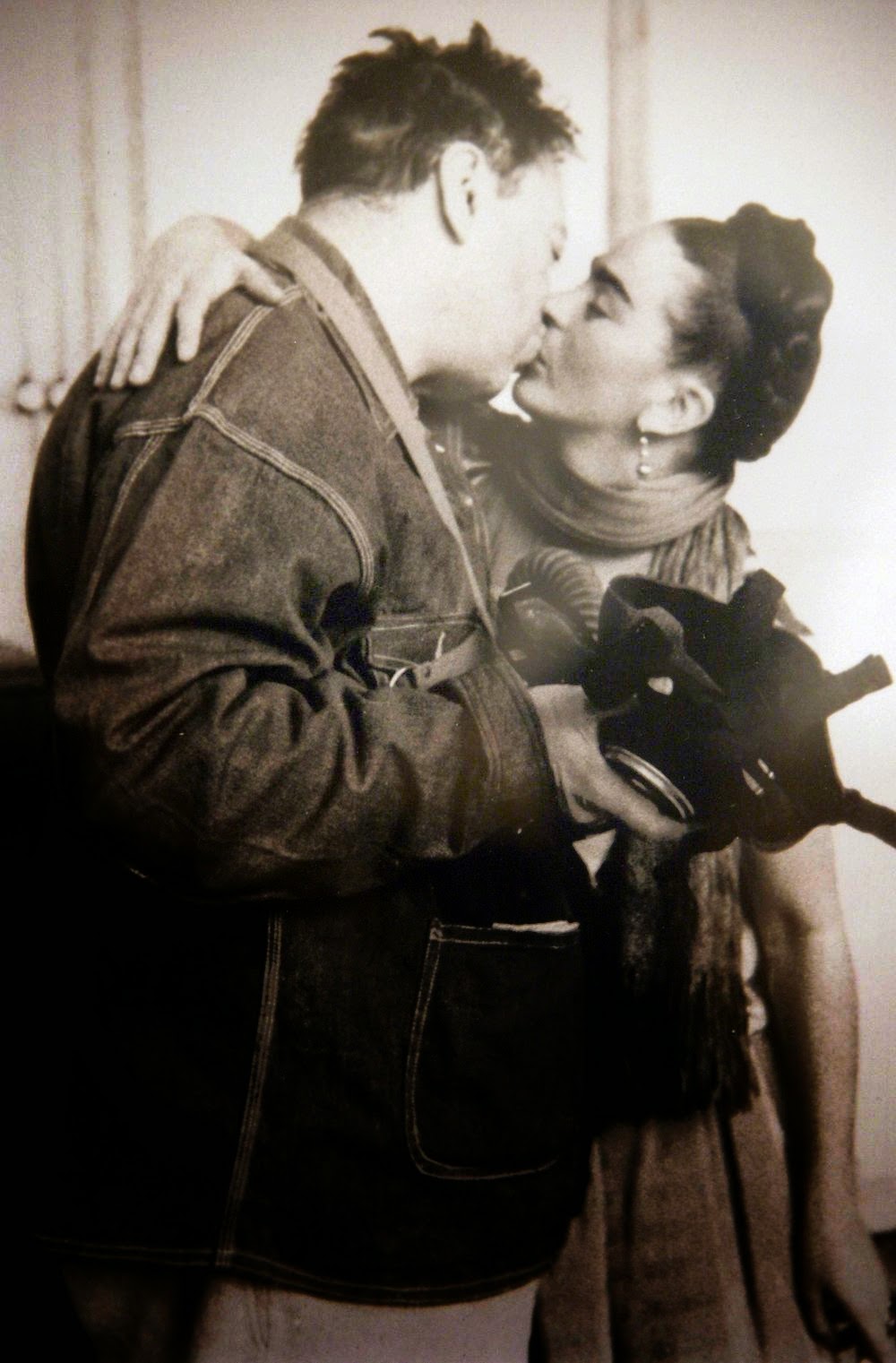Deve essere a scelta.
Cambiare, purché niente cambi.
È facile, impossibile, difficile, ne vale la pena.
Ha gli occhi, se occorre, ora azzurri, ora grigi,
neri, allegri, senza motivo pieni di lacrime.
Egon Schiele | Seated Woman with Bent Knees, 1917 | National Gallery of Prague



































.jpg)
.jpg)
.jpg)
.jpg)

